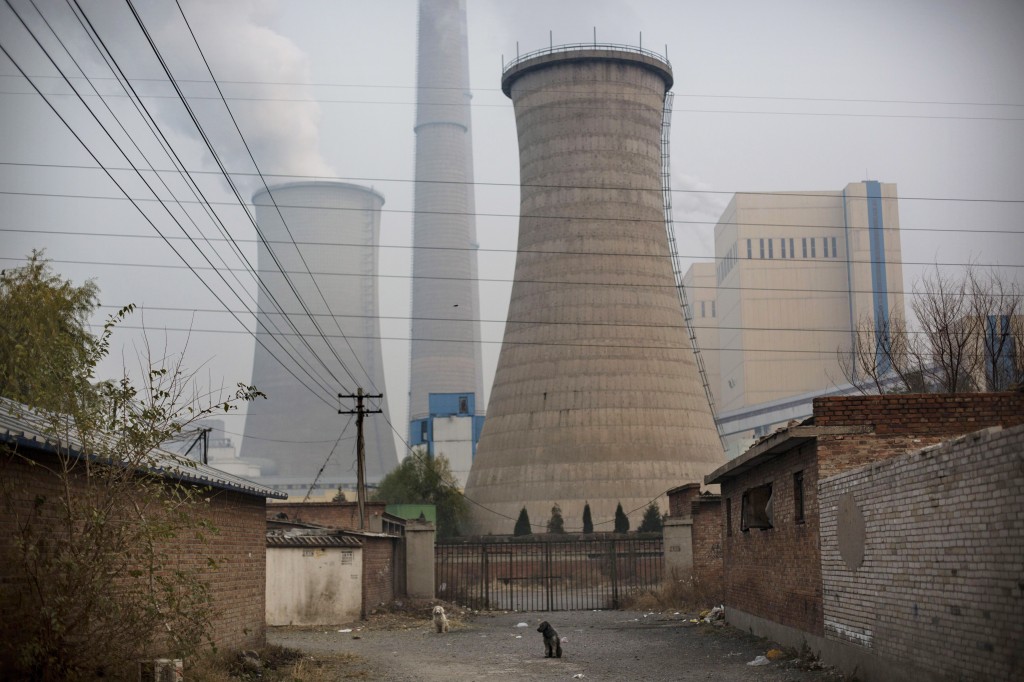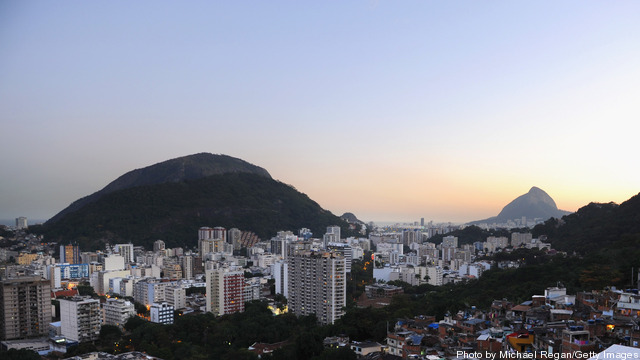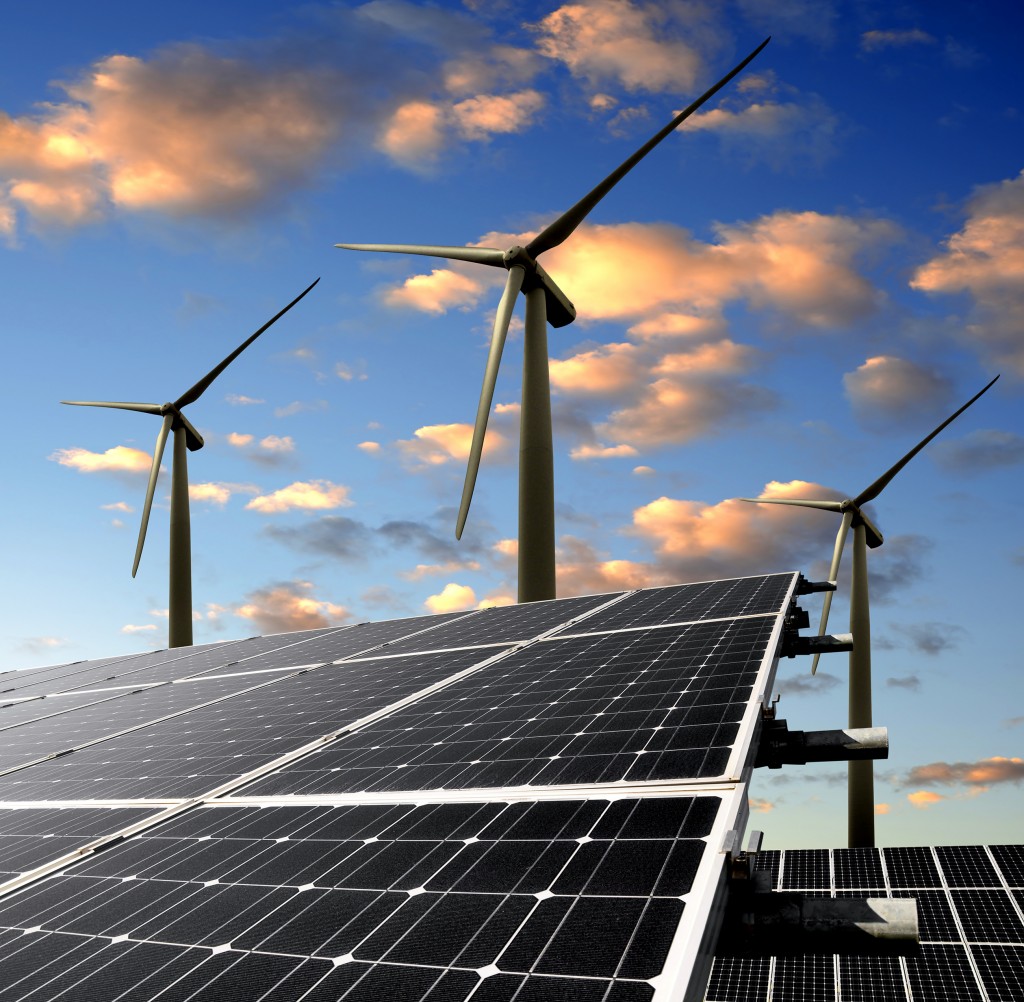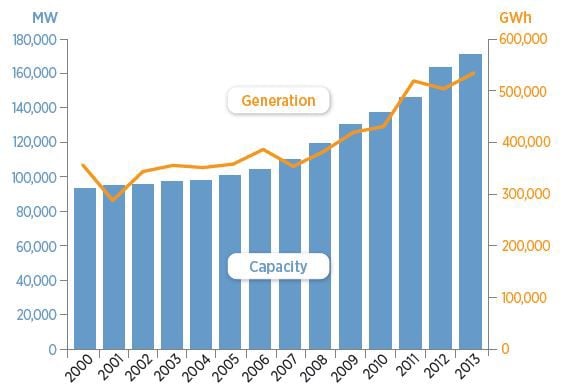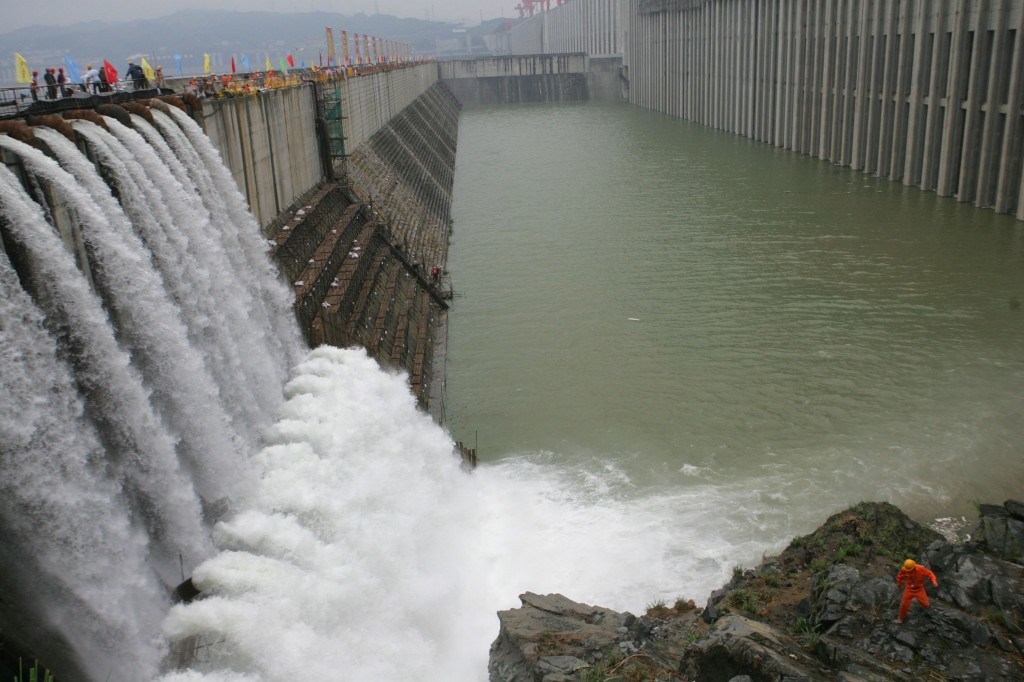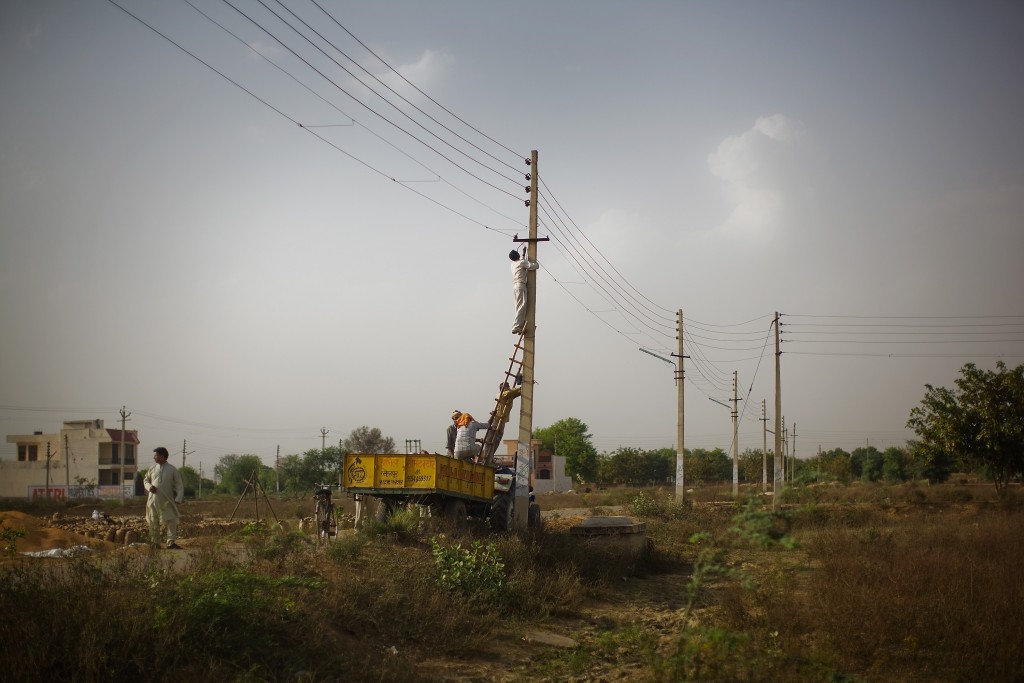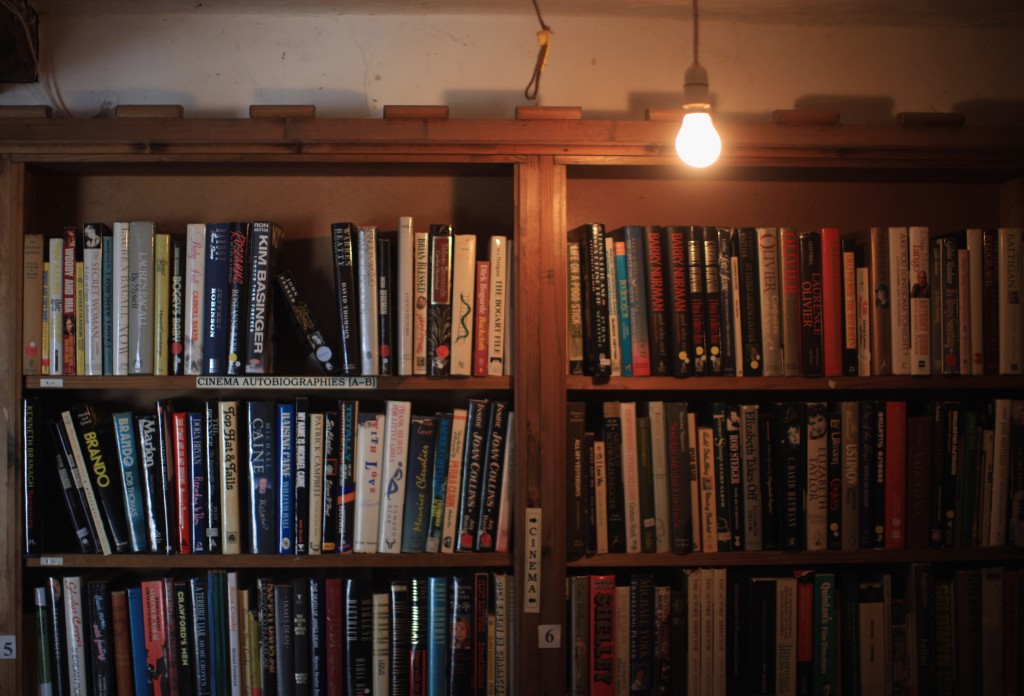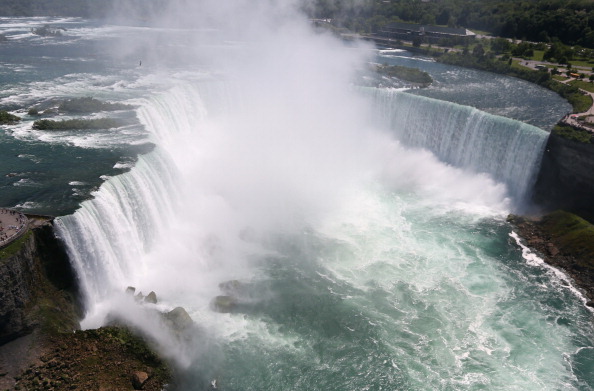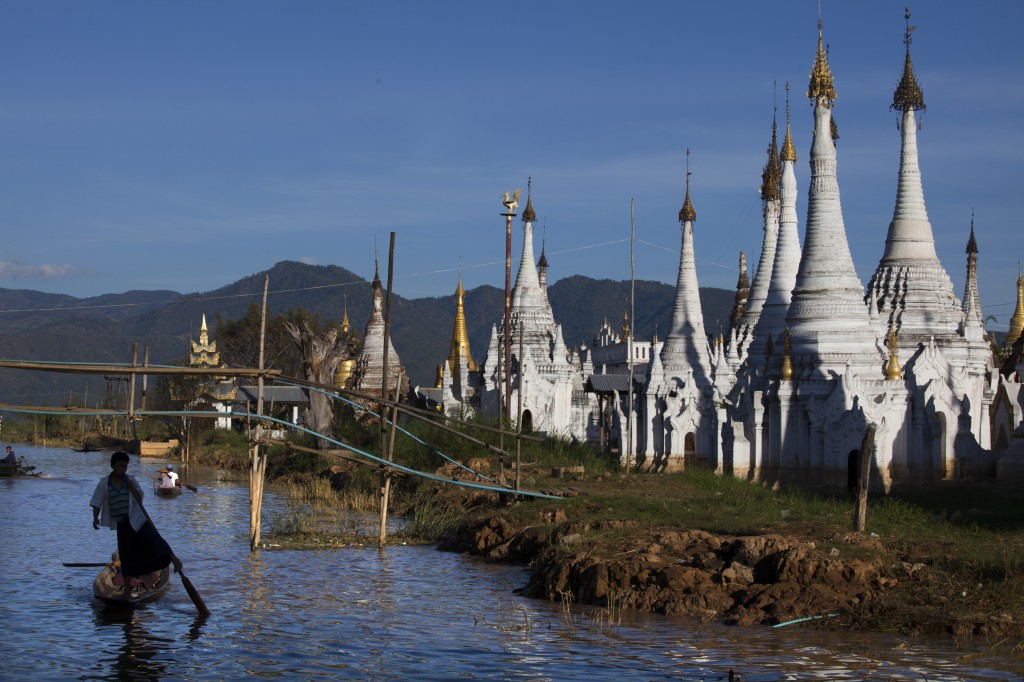What’s going on with coal in China? Already the world’s largest consumer of the stuff, China has been expected to continue on an upward trajectory in coal use. But last year the trend line turned down – and it appears to be continuing in that direction. The figures suggest the decline in China’s coal use… Keep reading →
Hydro
Sign up and get Breaking Energy news in your inbox.
We will never sell or share your information without your consent. See our privacy policy.Brazil’s federal government appears to be dedicating serious effort – at long last – to developing the country’s solar industry. Although Brazil has a population of nearly 200 million, it only has 42 MW of cumulative installed capacity. For the sake of comparison, that level of capacity is roughly on par with the state of… Keep reading →
Conventional hydropower fell from its perennial perch as the source of the majority of U.S. renewable energy in 2014, yet another sign of the rise of a new wave of renewables – wind and solar, especially – on the U.S. electrical grid. Data released Wednesday by the U.S. Energy Information Administration showed hydropower with net… Keep reading →
6 New Charts That Show US Renewable Energy Progress
By Pete DankoThe numbers are still pretty small, but the latest data compilation from the National Renewable Energy Laboratory shows renewable electricity generation rising steadily in the United States. Here’s a key chart from NREL’s just-released Renewable Energy Data Book, which includes data through the end of 2013. Capacity is the amount of total power that… Keep reading →
The 10 largest power plants in the world – in terms of total installed capacity – are all massive hydro or nuclear installations, with the top 5 located in China and South America. The fact that these are all zero-carbon power sources highlights the challenge of meeting climate-change goals without nuclear power. It’s been said… Keep reading →
Flipping the Switch: A Look at India’s Future Energy Demands
By Chris PedersenIn September, India’s new environmental minister, Prakash Javadekar, caught world leaders off-guard at the UN Climate Summit when he told The New York Times that his country’s carbon-dioxide emissions were expected to continue to rise for the next 30 years. Considering India’s energy needs today, and how it hopes to develop in the coming decades,… Keep reading →
Infographic: Energy Use of a 100-Watt Light Bulb per Year by Source
By Roman KilisekLighting “consumes about 19% of the world’s electric power, more than all nuclear and hydroelectric plants can produce together (which is about 15% in total),” according to Grant Feller of the World Economic Forum. With significant future projected power demand and over a billion people without proper access to electricity (see Breaking Energy ‘energy poverty’… Keep reading →
Mexico’s Energy Reform Not All About the Oil and Gas Sector
By Roman KilisekThis summer, the Mexican Congress is finally expected to approve the secondary legislation tied to Mexico’s energy reform. Prior to the announcement of energy sector reforms, Mexico was characterized by a very closed oil sector regime alongside a rudimentary electricity sector. While most industry observers focus their attention on the oil sector – conceiving Mexico’s… Keep reading →
The energy industry – oil & gas sector in particular – is bracing itself for a massive wave of retirements over the short to medium term, which has been dubbed “The Great Shift Change.” As the industry prepares for this turnover, companies are looking to the next generation of candidates with skills ranging from finance,… Keep reading →
Powering Myanmar: Investors Watch Closely as Government Cautiously Cuts Subsidies
By Kate Rosow ChrismanIn the second part of our series on Myanmar’s power sector, Breaking Energy takes a look at the pricing structure and future demand projections. Both are integral to understanding the third installment on independent power producers (IPPs) and foreign direct investment (FDI). See the first installment on challenges facing the newly-democratic nation here. The government… Keep reading →
